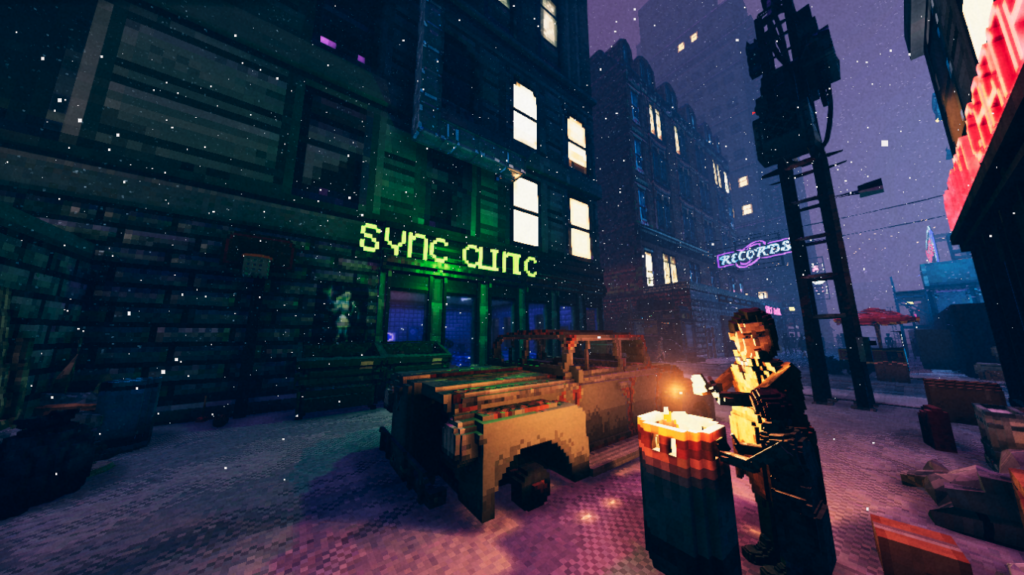Shadows of Doubt DevBlog #35: Post-Launch Progress
Shadows of Doubt is a detective stealth game set in a fully-simulated sci-fi metropolis! There’s been a murder and it’s up to you to solve it by any means necessary, with the condition that you keep a low profile. A unique mix of procedural generation and hand-crafted design enables every room of every building to be explored. Be sure to wishlist on Steam, join our Discord or read previous dev blog entries here!
Hello detectives! Wow, what a crazy few weeks! The early access release has gone a lot better than I think any one of us was expecting, which is of course fantastic news. I’ve loved seeing the reactions to the game but mostly I’ve been working really hard to get the bigger fixes in place for the more prominent issues that you’ve been reporting. I’m aware there’s still ground to cover (especially with controllers, memory usage, performance, twitch features etc), but the last couple of patches have hopefully gone a decent distance to enabling a smoother gameplay experience.
However, I’m in need of a break for a couple of weeks— I’ve been working flat out on the game for a long while now and these last six months or so have been especially intense! So I’m keen to take a step back and regain some headspace. While I’m off though, fellow developer Josh will be continuing to work on the game, along with Monomoon and Stark on audio and writing respectively. So we should have another update good to go not long after I return towards the end of the month.

It’s worth noting that there’s been some activity on our Discord around modding, which is awesome. This isn’t currently something we can officially support (as the game is in early access there’s a lot of internal stuff subject to change before we can do that), but we’re keen to see what we can do to help implement that along our early access journey. We’ve put together a quick form where you can send us ideas if that’s your thing.
There’s still a lot to come during early access, when I return we’ll be looking forward to our first content update; themed ‘Cheats & Liars’. Exciting! Thanks for all your support!
